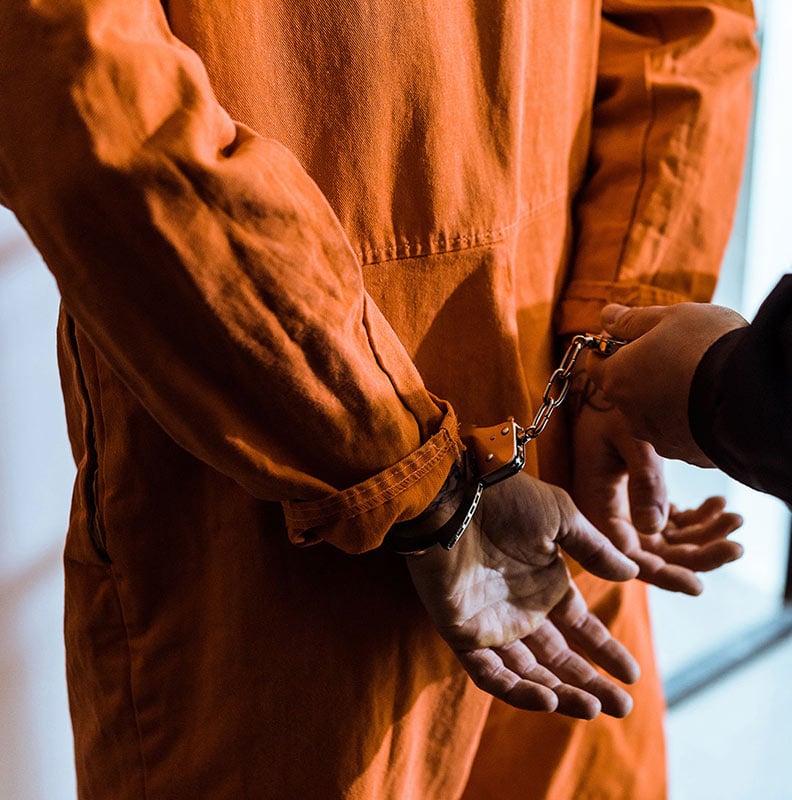Setting Precedent for Solitary
Imagine spending 23 hours locked in a small room, completely void of human interaction.
Now, imagine living this every day for 25 years.
What sounds like a plot from a horror film was a reality for Patrick Proctor, who as of 2019 had served the second-longest solitary confinement tenure in the history of the New York State justice system.
A Long Road
In 1989, Proctor was sentenced to 32-years-to-life in prison for second degree murder. Following an attempted escape from Shawangunk Correctional Facility in 1994, he was sentenced to nine years of disciplinary special housing unit (SHU) confinement. Proctor was housed alone for the entire time.
Upon review in 2003, the Department of Corrections and Community Supervision (DOCCS) committee at the facility in which Proctor was being held recommended and later ruled that he would be retained in SHU under administrative segregation based on past behavior. Unlike other forms of facility segregation, the termination of solitary confinement under administrative segregation is entirely dependent on DOCCS opinion.

According to a study by researchers at Yale Law School and the Association of State Correctional Administrators, roughly half of the estimated 80,000 U.S. inmates who are in solitary confinement are serving under the terms of administrative segregation. Administrative segregation is one of two common types of solitary confinement used today, but unlike disciplinary segregation which is fixed to a specific period of time, the terms of administrative segregation are often indefinite. Proctor is one of tens of thousands of inmates who have fallen victim to the sentence’s subjective, sometimes biased nature.
Recognizing the opportunity to defend Proctor’s constitutional rights and move the law in the right direction, Kirkland took the case on in 2011 and successfully reinstated his claims after a victory at the U.S. Court of Appeals for the Second Circuit.